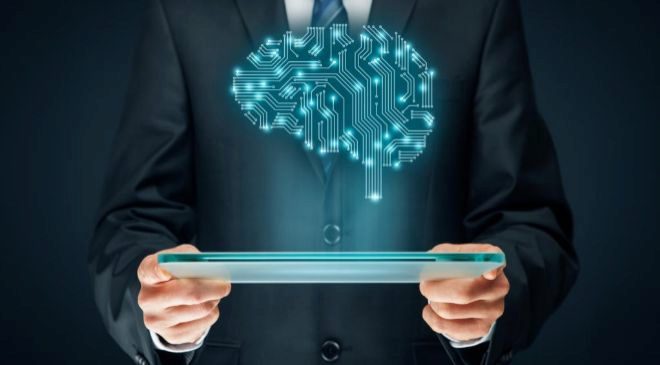In El Salvador.
By Suzanne de Tablas, Consortium Legal – El Salvador
The use of artificial intelligence (AI) is becoming more and more frequent, allowing creators to allocate more time to develop creative functions.
In addition, creators are using generative AI, understood as a form of artificial intelligence that allows the production of text, images, videos, sounds and other novel content that mimics human creativity.
The growing increase in the use of AI and generative artificial intelligence raises questions and challenges in the current legal context of El Salvador, especially to determine whether legal protection of works created with the use of this technology is feasible.
The Intellectual Property Law of El Salvador establishes that the owner of the copyright is the natural person who has created the work or participated in it. Said law protects the works of the spirit manifested in tangible form, whatever the way or form of its expression, its merit or its destination, as long as said works have an intellectual or personal creation character, that is to say, originality.
Among the works protected by copyright, the law includes a wide variety, such as:
-
- Literary and artistic creations, such as books, pamphlets and writings of all nature and extent.
- Computer programs.
- Musical works, with or without words.
- Oratorical, plastic and applied art works.
- Lectures, speeches, lessons, sermons and others of the same kind, whether written or recorded.
- Dramatic, dramatico-musical and choreographic works.
- Stagings of dramatic or operatic works; works of architecture or engineering; works of art.
- Works of architecture or engineering.
- Spheres, charts, atlases and maps relating to various sciences such as geography, geology, topography and astronomy.
- Photographs, lithographs and engravings.
- Audiovisual works, whether silent cinematographic, spoken or musical.
- Works of radio or television broadcasting.
- Models or creations of artistic value in costumes, furniture, decoration and ornamentation.
- Plans and other graphic reproductions.
- Translations.
And all others that could be considered included within the generic types mentioned above.
Based on these concepts, two key elements are identified for effective copyright protection:
-
- Originality:Â The creation must be original to be protected by copyright.
- Human authorship:Â The author of the work must be a natural person, since legal protection lies with the person who creates the work.
The use of artificial intelligence in the context of copyright can be analyzed from different perspectives:
-
- Is it necessary to determine whether there is originality in works created with AI?
- Is it indispensable to establish the degree of participation of the author in the creation of the work by AI?
To ensure effective legal protection, it is necessary that the work is original and that the author puts his personal stamp on it, differentiating it from other works. In addition, there must be direct human involvement; otherwise, the protection of the work could be challenged as lacking originality.
Among the current challenges is the imbalance between the implementation of new technologies, the use of AI and the current legal framework. Currently, in El Salvador, works created exclusively through AI are not protected by copyright.
Similarly, in the United States, human authorship is required for copyright protection. The US Copyright Office establishes the Human Authorship Requirement, noting that the Copyright Act excludes non-humans as protected authors.
In the European Union, several resolutions address this issue, most notably:
-
- Directive (EU) 2019/790:Â This directive addresses copyright in the digital single market. It establishes that works created by AI do not have a recognized author under current regulations, raising questions about their ownership and rights.
- European Parliament Resolution (2020/2015(INI)):Â Highlights the need to adapt intellectual property laws to address the challenges posed by AI, seeking to balance the protection of creativity and the promotion of new technologies.



